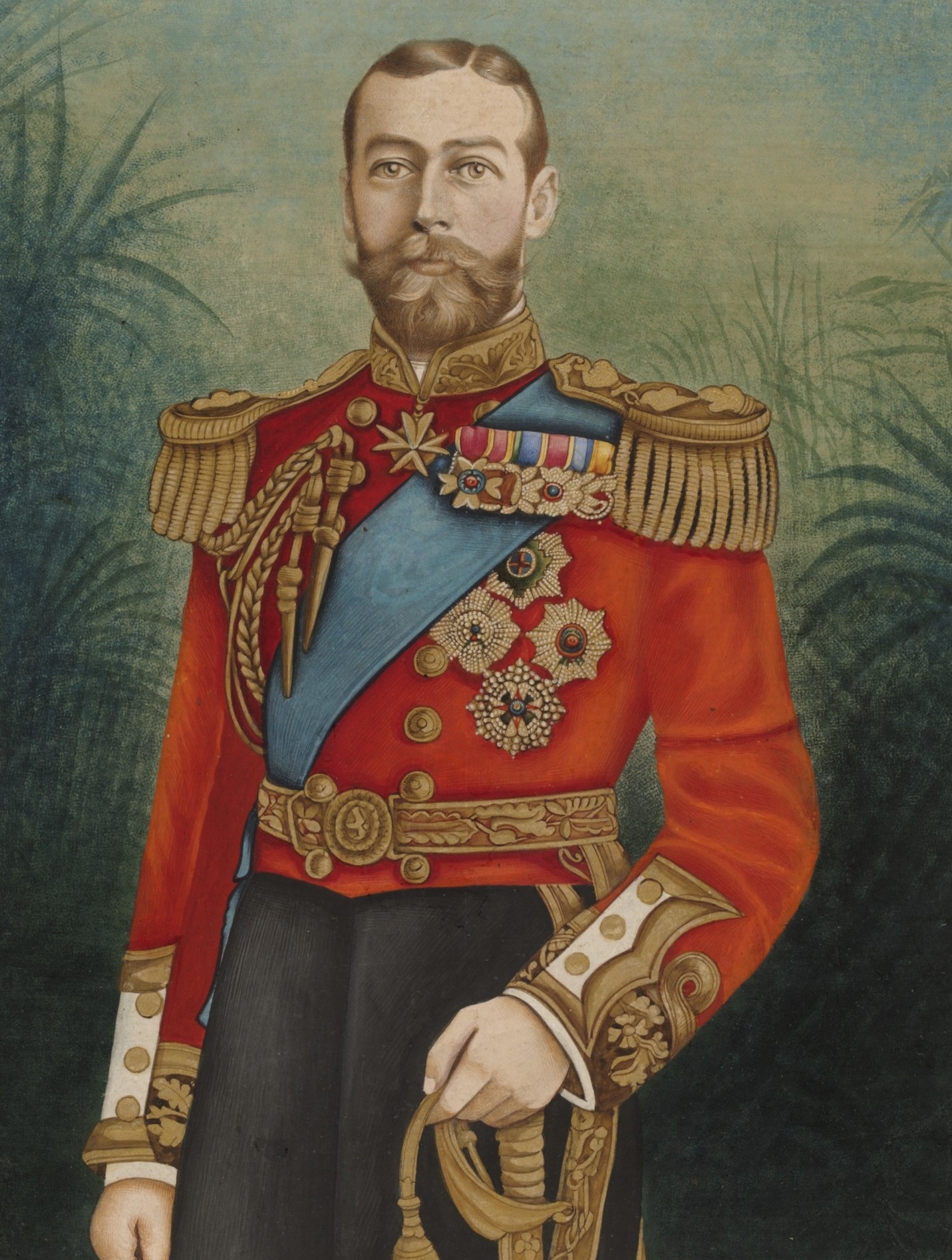King George V and the Regiment
King George’s personal interest in the British West Indies Regiment began when he received a letter from a lady engaged in philanthropic work in the West Indies, informing him that the offer of a new combat regiment to be raised from volunteers in the West Indies, had been refused by the War Office. In the early spring of 1915, the King’s private secretary, Lord Stamfordham, wrote to Lewis Harcourt, the Colonial Secretary, also forwarding the lady’s letter, saying that the King supported the idea.
Harcourt replied, stating that the Colonial Office had indeed made the offer of this new regiment to the War Officer, only for the War Office to refuse on the basis that they thought that West Indian troops were not fit for fighting in Europe, and would be better used in a labour capacity; the primary reason for this stance was that they did not want black troops fighting white troops. Two days after Harcourt’s reply, the King discussed the matter with Lord Kitchener, who denied that the War Office had ever refused the idea of a West Indian contingent, despite the evidence to the contrary. Thanks to the King’s personal interest and intervention, the British West Indies Regiment was created, with its formation by Royal Proclamation being announced in the London Gazette on 26th October 1915 and the Royal Warrant being granted on 3rd November.
The Regiment formed a close personal attachment to King George, who granted permission for the Tudor crown to be used atop the Regiment’s badge. The battalions of the Regiment deployed on the Western Front, who were consigned to various forms of physical labour despite being designated as a combat regiment, called themselves the King George Steam Engine. This moniker reflected their devotion to the King and the hard work that they carried out but also served to distinguish them from ordinary labour battalions.
